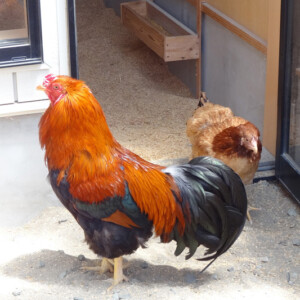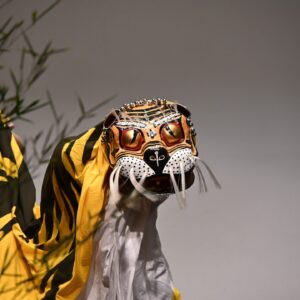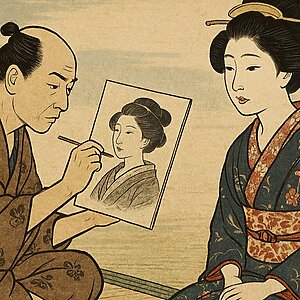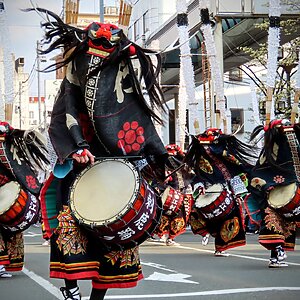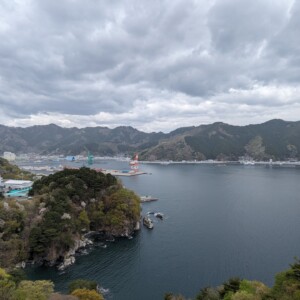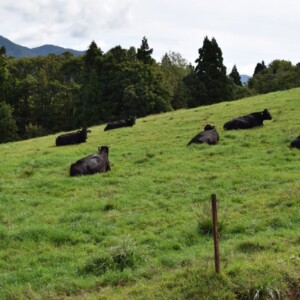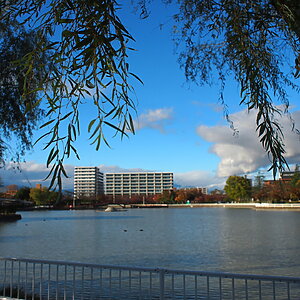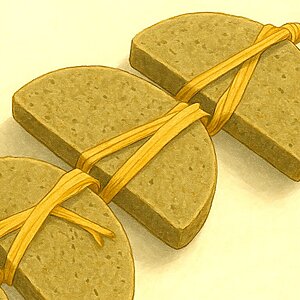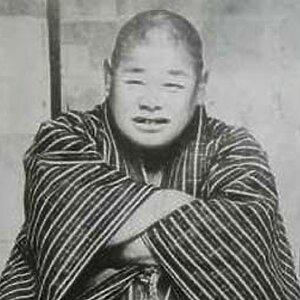
[Yonezawa City, Yamagata Prefecture] Harakata Sashiko is a symbol of Yonezawa's tradition and culture!
table of contents
Yonezawa City in Yamagata Prefecture is a town of handicrafts
Various traditional crafts, such as safflower dyeing and woodworking, have been produced here since ancient times. One of these is Yonezawa Tsumugi, which we previously introduced on NEFT
The "Harakata Sashiko" that we will introduce this time is also a handicraft that has been passed down since the Edo period.
Sashiko is a type of Japanese handicraft. It is a traditional technique that involves embroidering geometric patterns with thread onto coarse fabrics such as linen, creating stylish yet durable, windproof fabrics. It can be said to be a traditional craft that developed in cold areas such as the Tohoku region, where cotton cannot be grown
The three major sashiko techniques in Japan are "Tsugaru Kogin-sashi," "Nambu Diamond-sashi," and "Shonai-sashi." However, southern Yamagata Prefecture also has its own unique sashiko techniques that have developed independently
This is "Harakata Sashiko." In this article, we will introduce you to Yonezawa's traditional handicraft, "Harakata Sashiko."
What is Harakata Sashiko, a tradition passed down in Yonezawa?
Harakata Sashiko, a traditional craft passed down in Yonezawa for a long time, has its roots in the early Edo period
After the defeat at the Battle of Sekigahara, the Uesugi clan was reduced from 1.2 million koku to 300,000 koku in Yonezawa. As a result, the lower-ranking samurai, known as the "Harakatashu," were forced to live a semi-peasant life
The wives of the Harakata sashiko workers, who had little clothing to wear, stitched small pieces of cloth together, overlapping them, and using sashiko stitching to make the pieces strong and long-lasting. This is the root of Harakata sashiko
Sashiko was generally a handicraft used by the poor common people, but Harakata sashiko was a tradition that developed in a slightly unusual way, passed down by the wives of samurai
What are the characteristics of Harakata Sashiko?

The small item that symbolizes Harakata Sashiko is the "flower cloth."
It is characterized by a beautiful pattern inside a tortoiseshell-shaped frame. It embodies the pride of a samurai's wife, who never forgets her warrior spirit even in a life of half warrior, half farmer. The nobility of this technique, which has been passed down to the present day, is definitely worth a look!
Coasters are one of his more contemporary works
Harakata Sashiko is originally made by connecting hexagonal frames. The coaster made from one of these frames is a small but beautiful piece that exudes a sense of nobility within its cuteness. We recommend buying one as a souvenir!
Who wants to see Harakata Sashiko works?

For those who want to see many beautiful works of Harakata Sashiko, we recommend Sashiko Studio Soshoan
This is a studio where many of the works of Harakata Sashiko artist Kiyoko Endo are on display. Endo is a leading figure in Harakata Sashiko, with an illustrious career that includes exhibiting numerous works at exhibitions both in Japan and overseas, and appearing on NHK's Oshare Kobo to introduce sashiko. The studio is also packed with works that are overflowing with her love for sashiko
"Just looking at it isn't enough!"
"I want to try making it myself!"
For those people, we recommend a trial class for beginners (reservation required)
At Soshoan, anyone can easily enjoy sashiko. If you want to experience the traditional culture of Yonezawa, why not give it a try?
Sashiko Studio Soshoan <Information>
- Name: Sashiko Studio "Soushoan"
- Address: 1-1-11 Montocho, Yonezawa City, Yamagata Prefecture, 992-0039
- Phone number: 0238-23-0509
- Official URL: https://sashiko.club/
Google Map
If you visit Soshoan, be sure to also check out the Ancient Textile Museum and the Yonezawa Folk Crafts Museum
Next to Sashiko Studio Soshoan is the Primitive Fabric Ancient Weaving Museum
This facility opened in 1983 with the aim of restoring lost primitive fabrics and ancient weaving techniques to the modern age and preserving the techniques. There are many interesting exhibits, including actual items and looms that were used
At the back of the museum, Dewa no Oriza Yonezawa Folk Crafts Museum, there are many folk crafts on display, including the fabric that is the origin of Yonezawa textiles. These two facilities allow you to learn about the history and origins of Japanese clothing
If you're interested in Harakata Sashiko, why not visit this place as well? You'll definitely be captivated by the history of this folk craft!
Primitive cloth and ancient textile reference museum <Information>
- Name: Primitive cloth and ancient textile reference museum
- Address: 1-1-16 Montocho, Yonezawa City, Yamagata Prefecture, 992-0039
- Phone number: 0238-22-8141
- Official URL: https://gensifu.com/building/


![What is Iwadeyama's "Shino Bamboo Works"? Delicate and supple, yet durable! [Iwadeyama, Miyagi Prefecture] craftsman's work](https://jp.neft.asia/wp-content/uploads/2018/09/IMG_0514-150x150.jpg)
![[Hachimantai, Akita Prefecture] “Goshogake Onsen” is a spa that has been in business for 100 years! Behind the scenes, Japan's largest mud volcano is alive. Mountain hot spring](https://jp.neft.asia/wp-content/uploads/2018/09/3489309bd21e61bf6d0ec8fd12055feb_s-150x150.jpg)
![What is Koriyama brand vegetables? [Green Sweet Edition] I cooked and tried it! Koriyama brand vegetables [Green Sweet]](https://jp.neft.asia/wp-content/uploads/2024/09/IMG_8104-150x150.jpg)
![[Yonezawa City, Yamagata Prefecture] The ultimate in luxury where you can enjoy Yonezawa beef with hot springs! 1958232_m](https://jp.neft.asia/wp-content/uploads/2022/01/1958232_m-150x150.jpg)
![[Yamagata Prefecture] 4 famous spots for autumn leaves in Yamagata! Let's go out on this next holiday! e850b206d6122fb420fc7e594c7a290e_m](https://jp.neft.asia/wp-content/uploads/2017/11/e850b206d6122fb420fc7e594c7a290e_m-150x150.jpg)
![[Yonezawa City, Yamagata Prefecture] Let's go to the "Uesugi Snow Lantern Festival" and enjoy the shining orange lights in the silver world! You can also enjoy Yamagata gourmet food. cdcbffca33a8c5ebfea62dd97bd3b524_m](https://jp.neft.asia/wp-content/uploads/2018/01/cdcbffca33a8c5ebfea62dd97bd3b524_m-150x150.jpg)
![What is traditional vegetable mackerel? Introducing the origin and delicious ways to eat it [Yonezawa City, Yamagata Prefecture] 2422826_mco](https://jp.neft.asia/wp-content/uploads/2022/03/2422826_mco-150x150.jpg)
![[Yonezawa City, Yamagata Prefecture] The library in Yonezawa City might be wonderful! Looks comfortable too. PXL_20220610_053210773](https://jp.neft.asia/wp-content/uploads/2022/06/PXL_20220610_053210773-150x150.jpg)
